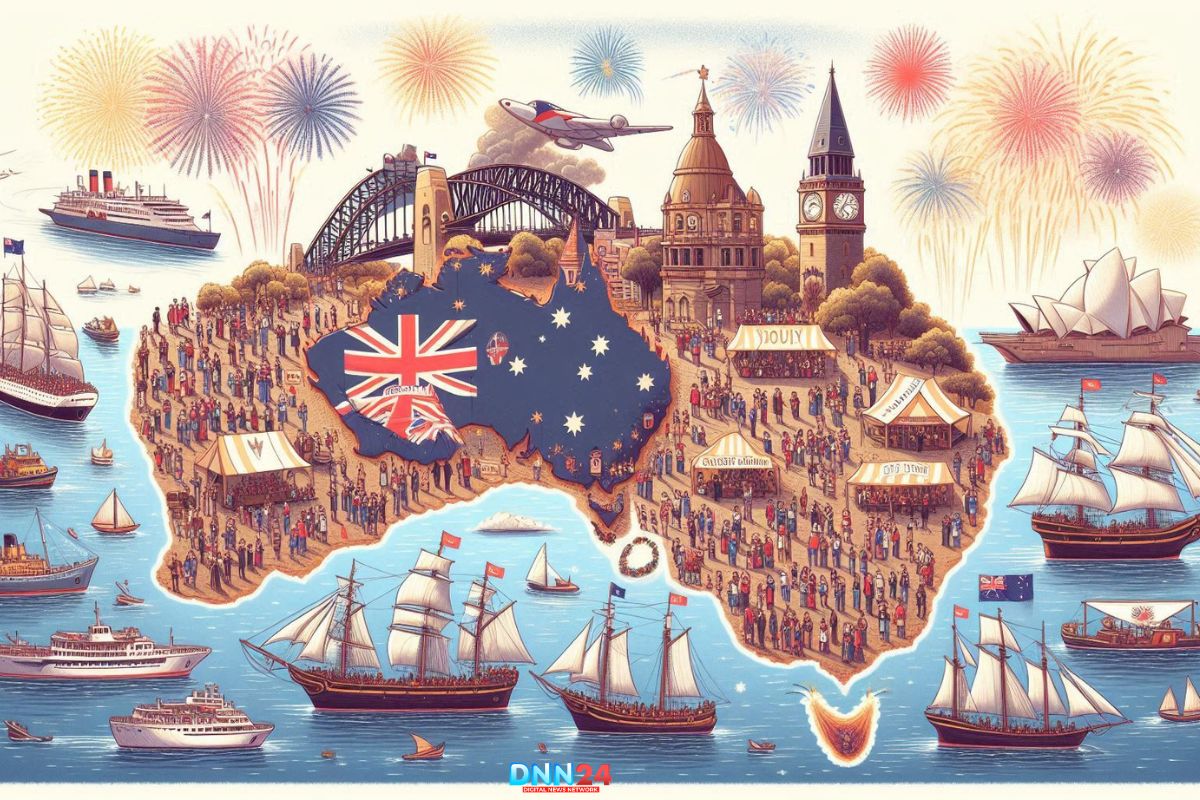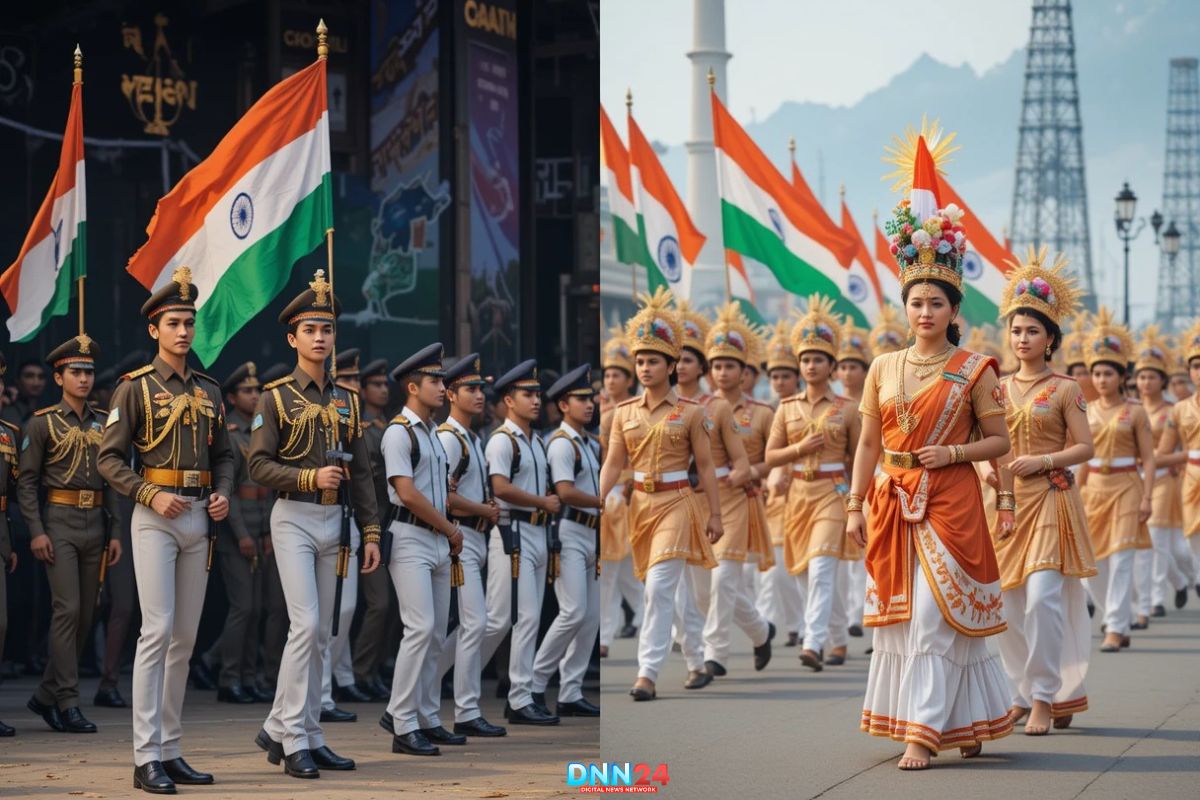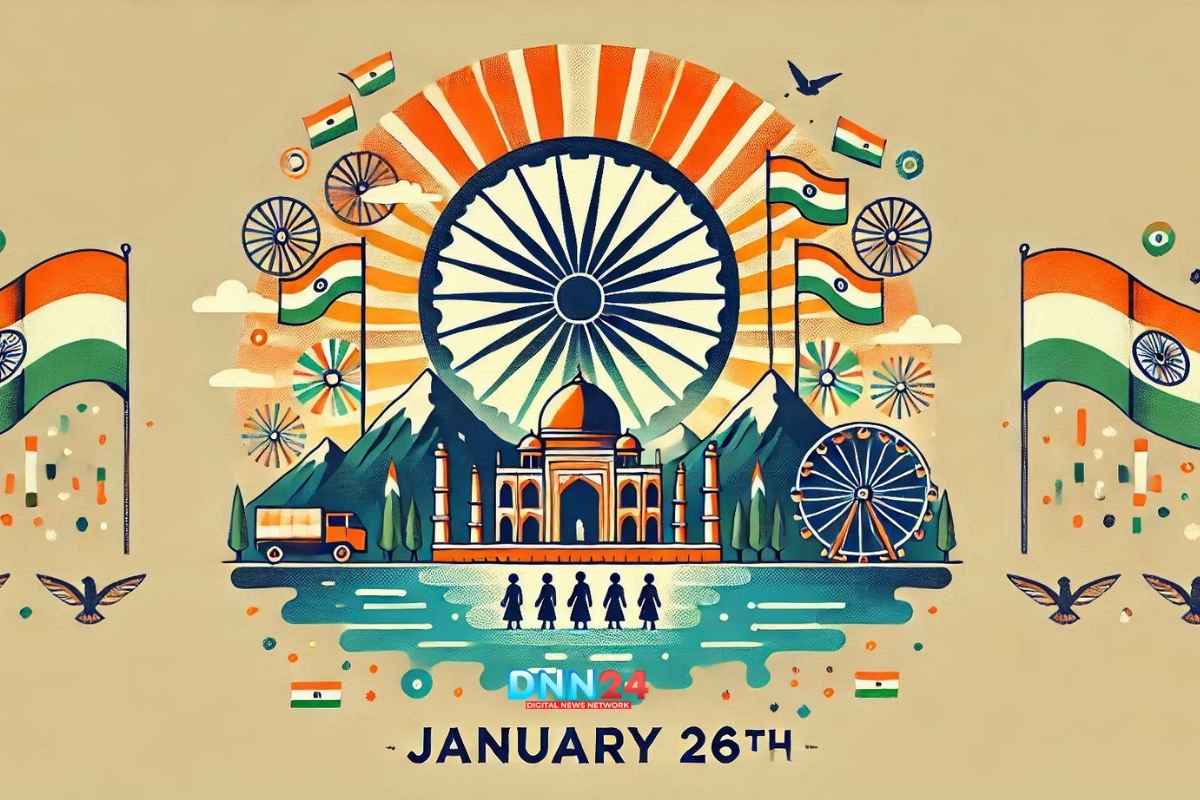January 26th is a day of great significance in various countries, celebrated through unique festivities and traditions. This is celebrated in India in order to commemorate the Republic Day which is a national holiday to honor the date in 1950 when India adopted the Constitution. To mark the day, official processions involve decorated floats and exhibit the prowess of the Indian armed forces and the country’s ethnic heterogeneity. In New Delhi, the celebrations include a ceremonial march along the Kartavya Path, where armed forces display their prowess, and states present colorful tableaux representing their culture and achievements.
This event is celebrating the spirit of the unified cultural base of India where people represent their cultural heritage.
In Australia, January 26th is known as Australia Day. Of course, it depicts the First Fleet’s arrival at Sydney Cove in 1788. These events include the Citizenship ceremonies, festivals, and fireworks that are majorly experienced throughout the day. However, it still remains a very somber day for many Indigenous Australians who call it Invasion Day meaning the colonization of their people. To some extent, such a twin type of celebration reflects the multifaceted nature of nationalism in Australia.

In France, July 14th is celebrated as Bastille Day, but January 26th does not hold similar significance. However the national days are celebrated in many countries around this time and each country has its own way. For instance, In the United States there is a holiday known as Martin Luther King, Jr. Holidays are observed every third Monday in January. While not directly related to January 26th, these celebrations reflect a global trend of recognizing important historical events that shape national identities.
Overall, while January 26th holds specific importance for India as Republic Day, other countries have their own significant dates around this time that reflect their unique histories and cultures. Comparing different cultures insights possibilities to find both similarities and differences for celebrations.
Food and Cuisine
Food plays a vital role in cultural celebrations around January 26th in various countries. Most of the Indian celebrations involve traditional foods and several states in India celebrate Republic Day by showcasing the traditional foods of the country. Just like most Indian festivals, the one celebrated during Eid also has a number of foods – both savories and sweets – like biryani, pulao, ladoos and barfis to name a few. Such foods are consumed during special occasions such as occasions that celebrate national pride or national unity with friends and families.
Australia Day is celebrated with barbecues and picnics all over Australia. Some of the specialities are grilled sausages, seafood, a dessert known as pavlova made from meringue and topped with fruits. These meals are often taken out doors while other Australians also feel free to embrace the Australian culture with friends and loved ones.
In France, while January 26th is not a national holiday like Bastille Day in July, French cuisine remains an integral part of any celebration. Great meals like coq au vin – chicken prepared in wine – or ratatouille which is a dish made with vegetables are taken during a family feast. Croissant, Eclair, or any other form of French bread may also be present on an occasional table.

For cultures in other parts of the world that celebrate important occasions around this time, trends in food differ significantly from the foregoing vanillas. For example, during Chinese New Year celebrations (which often falls close to January), families prepare symbolic dishes such as dumplings for prosperity and fish for surplus. These culinary practices underscore this saying that, there is always food where there is celebration.
The diversity of dishes enjoyed on January 26th reflects cultural heritage and local ingredients available in each region. Whether it’s Indian biryani or Australian barbecues, food serves as a medium for expressing love for one’s country while fostering connections among communities during celebrations.
Comparing Cultural Celebrations
When comparing how different cultures celebrate significant days around January 26th, we see both similarities and differences in traditions and practices. Republic Day celebrated in India is primarily the military parade and cultural programs portraying Indian culture and interstate security as unification. This celebration has a clear historical background concerning the change of the nation to a democratic state with the Constitution of rights of the citizens.
In the same way, Australia Day emphasizes patriotism, but it also surrounds the history of colonization. The celebrations involve community gatherings that promote inclusivity while recognizing Indigenous perspectives on this day. This dual worked benevolently in showing how various cultures erased or embraced their histories as they looked forward to forging a nationalism.
In contrast to these celebrations focused on national identity, some cultures celebrate religious or historical figures around this time. For instance, Martin Luther King Jr. Day in the United States honors a pivotal figure in civil rights history through community service activities that promote equality—showcasing how cultural celebrations can also focus on social justice themes.

Food plays an essential role across these diverse celebrations; however, specific dishes vary based on local customs and available ingredients. Although Indian families might cook some traditional sweets for celebration of the Republic Day or Australians might have barbecues for Australia Day, each meal means cultural aspects connected to the respective day.
Overall, examining these cultural celebrations reveals how societies express their values through traditions—whether through parades showcasing military strength or communal meals emphasizing togetherness—each celebration contributes uniquely to understanding national identities worldwide.
Conclusion
January 26th serves as a significant date for various countries worldwide with unique cultural celebrations attached to it. In India it stands for Republic Day, which is a day of honor and dignity made enjoyable and grand with military prowess and cultural troupes parade. On the same day, Australians celebrate Australia Day, although they add some thoughts on the colonization of the country alongside standard festivities such as barbecues.
Food plays an essential role in these celebrations across cultures; traditional dishes symbolize unity among families during gatherings while reinforcing cultural identities tied to historical events being commemorated. Comparing how various societies celebrate this date by feasting and what they feast upon equally unearths both what is universal across cultures – and, often, across nations, specifically – love for country, and historically constructed particularisms.
As we reflect upon these diverse cultural expressions surrounding January 26th; they remind us of our interconnectedness despite differences—celebrating heritage fosters understanding among communities globally!
Also Read: Maha Kumbh Mela: A Grand Festival of Faith and Unity
You can connect with DNN24 on Facebook, Twitter, and Instagram and subscribe to our YouTube channel.

